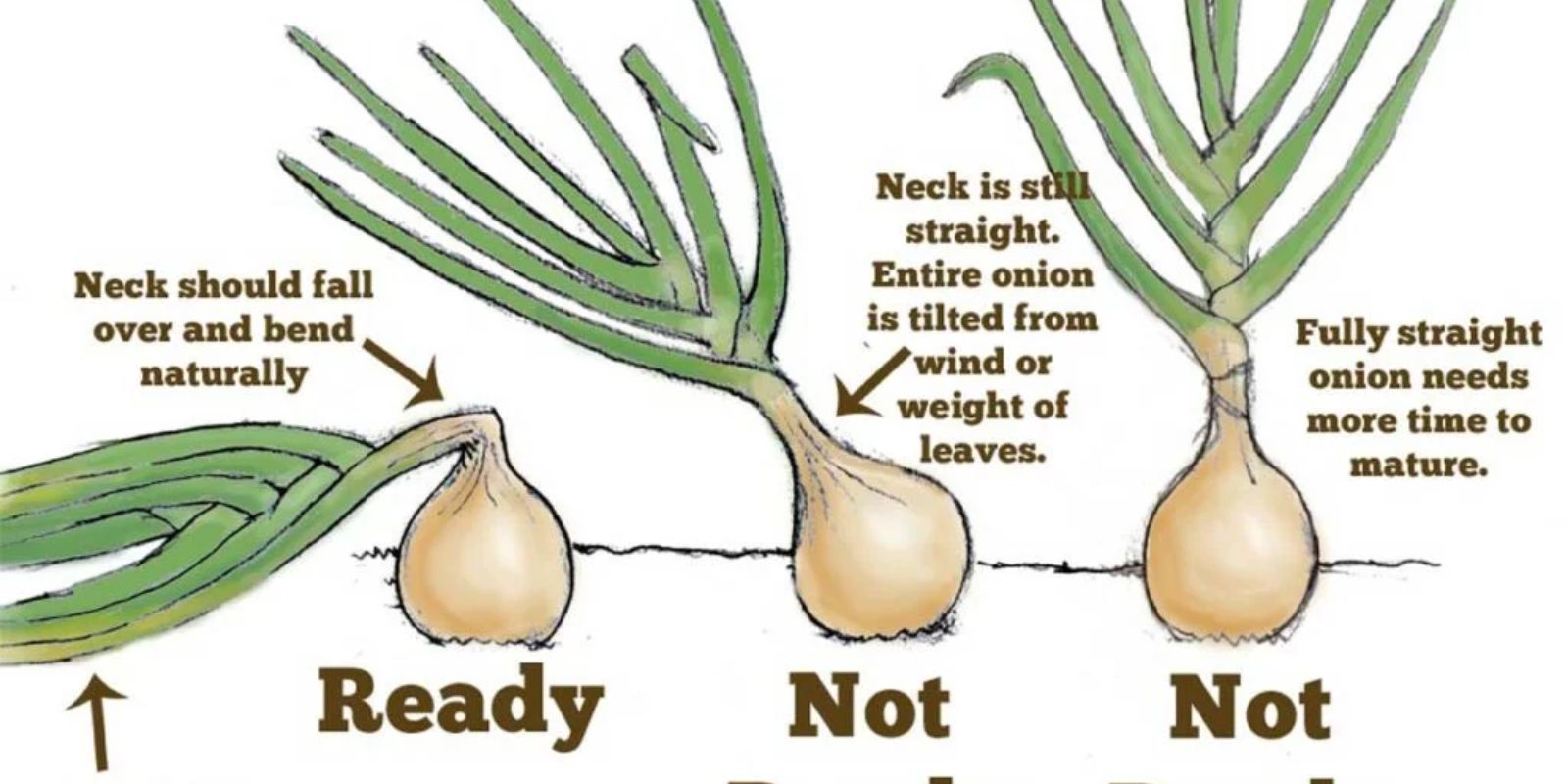Introduction
Growing your own onions is one of the most rewarding experiences in gardening. These versatile vegetables are staples in countless dishes, and pulling them at the right time ensures maximum flavor, storage potential, and satisfaction. However, knowing when your onions are ready to be harvested can be tricky for beginners and seasoned gardeners alike. In this article, we’ll dive into a comprehensive guide to help you identify the perfect harvest moment for your onions, ensuring they are at their peak in quality and taste.
Understanding Onion Growth
Before discussing the harvest, it’s crucial to understand the onion’s growth process. Onions are biennials, meaning they complete their life cycle over two years. However, in a garden setting, onions are typically grown as annuals. They start as seeds, sets, or transplants, growing into leafy greens before forming bulbs. The growth of these bulbs is influenced by day length, which determines whether you’re growing short-day, intermediate-day, or long-day onions.
Signs That Onions Are Ready to Harvest
1. Observe the Tops
The first and most obvious sign of readiness is the condition of the onion’s tops (green leaves). When about 70-90% of the tops turn yellow, begin to wilt, and fall over, the onions are entering their harvest phase. This natural die-back indicates that the plant has completed its bulb development.
2. Check the Bulbs
Gently brush away the soil around a few bulbs to inspect their size. Onions are usually ready to harvest when the bulbs reach a mature size, typically 3-4 inches in diameter, depending on the variety.
3. Feel the Neck
The neck, where the green stalks meet the bulb, is another indicator. When the neck softens and dries out, it means the onion has stopped growing, and the bulb is ready to be harvested.
Preparing for Harvest
To ensure the best quality, there are a few steps to prepare your onions before pulling them:
1. Stop Watering
A week or two before harvesting, stop watering your onions. This allows the outer skins to dry and helps prevent rot during storage.
2. Choose the Right Day
Plan your harvest on a sunny, dry day. Avoid harvesting onions after rain, as wet conditions can lead to mold and rot.
3. Gather Your Tools
Use a garden fork or trowel to gently loosen the soil around the onions. This prevents damage to the bulbs during harvesting.
How to Harvest Onions
Step 1: Loosen the Soil
Using your garden fork, carefully loosen the soil around the onions. Be cautious to avoid piercing the bulbs.
Step 2: Pull the Onions
Grasp the tops close to the bulb and pull gently. If the soil is compact, give the onion a slight twist to help it come free.
Step 3: Shake Off Excess Soil
Gently shake off the soil from the bulbs. Avoid washing the onions, as moisture can lead to mold.
Curing Onions for Long-Term Storage
Curing is a critical step to prepare your onions for storage. This process dries the outer layers, forming a protective skin that enhances shelf life.
1. Lay Them Out
Spread the onions in a single layer in a warm, dry, and ventilated area. A covered patio, garage, or drying rack works well. Ensure the bulbs don’t overlap to promote airflow.
2. Allow Time to Cure
Leave the onions to cure for 2-3 weeks. You’ll know they’re ready when the necks are completely dry and the outer skins are papery.
3. Trim and Store
Once cured, trim the tops to about 1 inch above the bulb and cut the roots. Store onions in a cool, dry, and dark place in mesh bags or baskets for optimal preservation.
Common Harvesting Mistakes to Avoid
1. Harvesting Too Early
Pulling onions before the tops fall can result in underdeveloped bulbs that won’t store well.
2. Leaving Them in the Ground Too Long
If onions stay in the ground too long after the tops fall, they may start to sprout again or become susceptible to rot.
3. Skipping the Curing Process
Onions that aren’t properly cured are prone to spoilage during storage.
The Benefits of Harvesting at the Right Time
Harvesting onions at the optimal moment ensures several benefits:
- Flavor: Mature onions have the richest and sweetest flavors.
- Storage: Properly harvested and cured onions last for months.
- Yield: Onions pulled at the right time maximize the effort you’ve put into your garden.
Encouraging Engagement
Are you ready to master the art of onion harvesting? Share your tips, favorite onion varieties, or harvest photos in the comments! We’d love to hear about your gardening journey.
Conclusion
Harvesting onions is an art that, when done right, rewards gardeners with a bounty of flavorful, versatile vegetables. By observing the tops, checking the bulbs, and following the proper curing steps, you can ensure your onions are a resounding success. Happy gardening!
#OnionHarvest #GrowYourOwnFood #OrganicGardening #GardenHarvest

